I. What are Hormones?
Though they may have been our enemies and downfall during that “awkward” puberty stage, we can assure you all that hormones are more friend than foe when it comes to the maintenance of our human body. Hopefully the next couple of articles will illustrate why the endocrine system is such an important collection of organs!
Hormones refer to a special type of cell signaling molecule that travels via the bloodstream and binds to cell receptors initiating a physiological change within the body. The endocrine system comprises all the organs (glands being the usual term) which release these hormones which will eventually be released and go on to enact their function. These types of interactions are crucial in maintaining homeostasis within the body!
Aside from being a high yield MCAT topic that will definitely appear on your Biochem/Bio section on the MCAT, understanding the hormones and the “flow” of information will be a much needed tool when taking the test! You’ll often see that the hormones will be presented as pathways and it's important to develop the ability to read and comprehend pathways quickly during MCAT prep!
II. Content Review
Before talking about hormones, we think it's important for you to familiarize yourselves with the different types of cell signaling in order to see how endocrine is different and unique. There 4 main types of cell signaling include:
A. Autocrine
Definition: Occurs when the signaling molecule released by the cell acts on the same cell that released the molecule
>> Think of this signaling as “self inducing”!
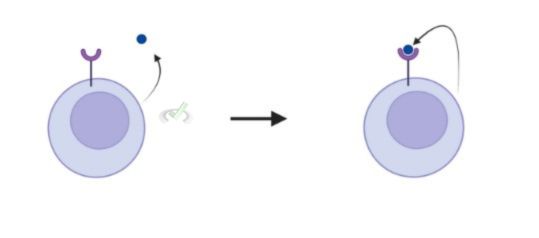
B. Juxtacrine
Definition: Occurs when the signaling molecule released by a cell acts on its neighboring cells
>> This can occur in 2 main ways:
a. The cells are connected by gap junctions so that the molecule can “flow” into the neighboring cell
b. One cell presents a ligand on its membrane which can directly contact the neighboring cell’s receptor
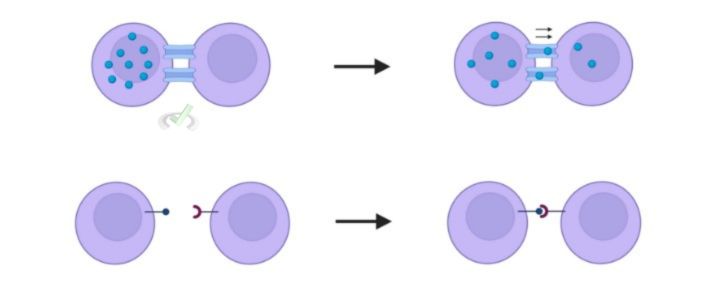
C. Paracrine
Definition: Occurs when the signaling molecule released by the cell acts on nearby cells within the vicinity
>> Another way to think of paracrine is as a “broader version of juxtacrine signaling”! It expands upon neighboring cells but does not involve cells over a long distance.
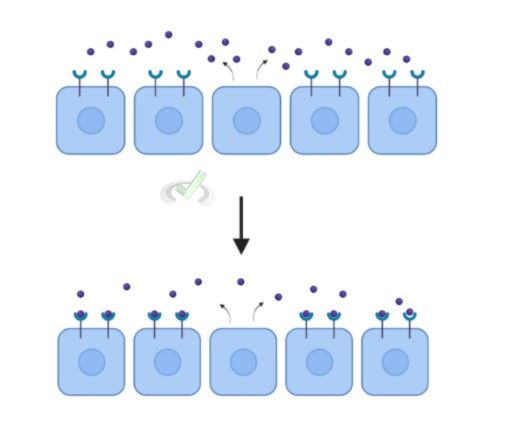
D. Endocrine (duhhh…)
Definition: Occurs when the signaling molecule released by the cell travels via the bloodstream in order to act on distant cell or tissue
>> Think of this signaling as “long distance signaling”!

Hopefully you can now see how endocrine hormonal signaling differs from other types of cell signaling. In addition, it’s important to refer to the cell signaling molecules as hormones when talking about the endocrine system.
Similar to enzymes and reactions, hormones can also be classified. In this case, they’re usually classified based on their precursor molecule (i.e. what they were derived from). These categories include: 1) peptide hormones, 2) steroid hormones, and 3) amino acid-derived hormones.
- Below, we’ll list some common features of these amino acids such as receptor location, mechanism of action, etc.
>> Peptide Hormones:
- As the name implies, these hormones are derived from larger, cleaved polypeptides. Pay attention to the precursors for these hormones, as they will be the underlying reasons for the various characteristics of the hormones.
- Upon binding to an extracellular receptor, peptide hormones will trigger a signaling cascade which involves the hormone acting as the first messenger in order to generate second messengers. This is why their effects act much quicker than other types of hormones, but its effect is much shorter.
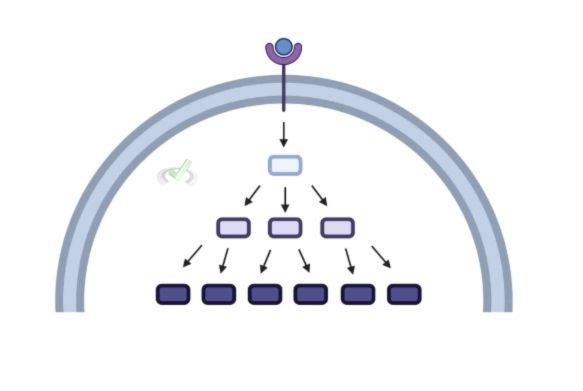
>> Steroid Hormones:
- Likewise, these hormones are derived from a cholesterol precursor molecule! Unlike peptide hormones, steroid hormones bind to intracellular/intranuclear receptors which then form a complex and act on the DNA directly.
- This is why their effect, as opposed to peptide hormone, are much slower but last longer!
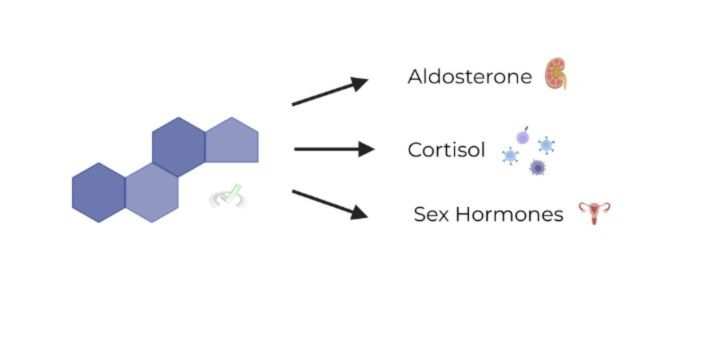
>> Amino Acid-Derived Hormone:
Similarly as the name suggests, these hormones are derived from amino acids! Luckily, the only amino acid derived hormones are the thyroid hormone and the catecholamines.
The hormone characteristics vary depending on the hormone. A common rule of thumb to follow is shown below:
Thyroid Hormone: Mimics characteristics of steroid hormone
Catecholamines: Mimics characteristics of peptide hormone

Direct v.s. Tropic Hormone
These 2 terms are specifically used when in the context of the endocrine system and hormones. This difference between the 2 types of hormones depends on whether the hormone causes a physiological change or the release of another hormone.
A. Direct Hormone:
The binding of this type of hormone to its corresponding receptor results in a DIRECT physiological change ⇒ Hence, the term direct hormone!
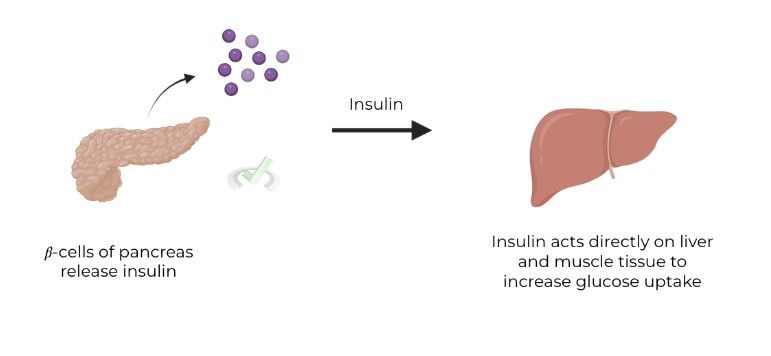
B. Tropic Hormone:
- The binding of this type of hormone to its corresponding receptor causes the release of another hormone, which then either goes on to release another hormone or also causes a physiological change.
- Main Point: There must be at least one intermediary hormone before there is physiological change!

III. Bridge/Overlap
As stated before, we told you to pay close attention to the precursors of the different types of hormones as they would explain why certain hormones have certain characteristics. This can all be understood when applying some basics about polarity and solubility.
When released, peptide hormones will be released directly into the bloodstream and will bind to an extracellular receptor. However, steroid hormones will utilize a carrier protein in order to travel in the bloodstream and will instead bind to an intracellular/intranuclear receptor ⇒ Why?
One word: polarity. In general, peptide hormones are POLAR which is why they are able to be soluble within the bloodstream ⇒ Side note: Think of what amino acids would confer this ability!
This is also why their receptor is extracellular, due to the polar extracellular environment.
Steroid hormones on the other hand are HYDROPHOBIC, due to them being derived from a cholesterol precursor. As such, this is why they require a carrier protein as they are not soluble in the bloodstream due to their hydrophobic nature.
Likewise, their hydrophobic character allows them to easily diffuse across the cell and nuclear membrane to bind to their receptors as opposed to peptide hormones.
Peptide Hormone | Steroid | Amino Acid-Derived | |
|---|---|---|---|
Precursor Molecule | Cleaved, large polypeptides | Cholesterol | Amino Acids |
Mechanism of Travel | Soluble in blood | Via carrier protein | Depends on hormone |
Receptor Location | Extracellular | Intracellular/Intranuclear | Depends on hormone |
Mechanism of Action | Induces signaling cascade | Binds to receptor & regulates gene expression | Depends on hormone |
Speed of Effect | Fast, rapid | Slow | Depends on hormone |
Effect Duration |
Short |
Long |
Depends on hormone |
IV. Wrap Up/Key Terms
Let’s take this time to wrap up & concisely summarize what we covered above in the article!
Hormone Basics and Fundamentals
Autocrine Signaling: Signaling molecule acts on the cell that release it “self-signaling”
Juxtacrine Signaling: Signaling molecule acts on neighboring cells
Via direct receptor contact or gap junctions
Paracrine Signaling: Signaling molecule acts on cells nearby in the vicinity
Endocrine Signaling: Signaling molecule acts on long distance target cells
Utilize the bloodstream in order to reach long cells.
Precursor Molecule:
Peptide Hormones
Steroid Hormones
Amino Acid-Derived
Direct v.s. Tropic
Direct: Causes direct physiological change
Tropic: Causes release of another hormone
V. Practice
Take a look at these practice questions to see and solidify your understanding!
Sample Practice Question 1:
Cytokine signaling is important in regards to stimulating an immune response in order to eliminate bacterial/viral infection. As a preliminary response, an infected cell will release cytokines which signal to other nearby cells within a localized region to promote cell defenses in order to prevent further spread of the bacterial/viral infection. Which of the following cell signaling types does this mostly resemble?
A. Autocrine
B. Juxtacrine
C. Paracrine
D. Endocrine
Ans. C
Paracrine signaling is a type of cell signaling which involves the release of a signaling molecule from a cell which will then go on to bind to receptors nearby the cell’s vicinity.
You can think of paracrine signaling as a more broader version of juxtacrine except that in this case, the signaling molecules are reaching a little bit further than neighboring cells.
Sample Practice Question 2:
Which of the following amino acids would you expect to be present within the protein core of a carrier protein carrying a steroid hormone?
A. Leucine
B. Serine
C. Aspartate
D. Histidine
Ans. A
Steroid hormones are hydrophobic and nonpolar in nature due to their cholesterol precursor. This is why they require a carrier protein to travel in the bloodstream as they are not soluble.
It should be expected that the inner core of the carrier protein will have a majority of nonpolar amino acids as these are the favorable interactions which can form between them and the nonpolar steroid hormone. Hence, leucine would be an expected amino acid to be found in the inner core.



 To help you achieve your goal MCAT score, we take turns hosting these
To help you achieve your goal MCAT score, we take turns hosting these 
























